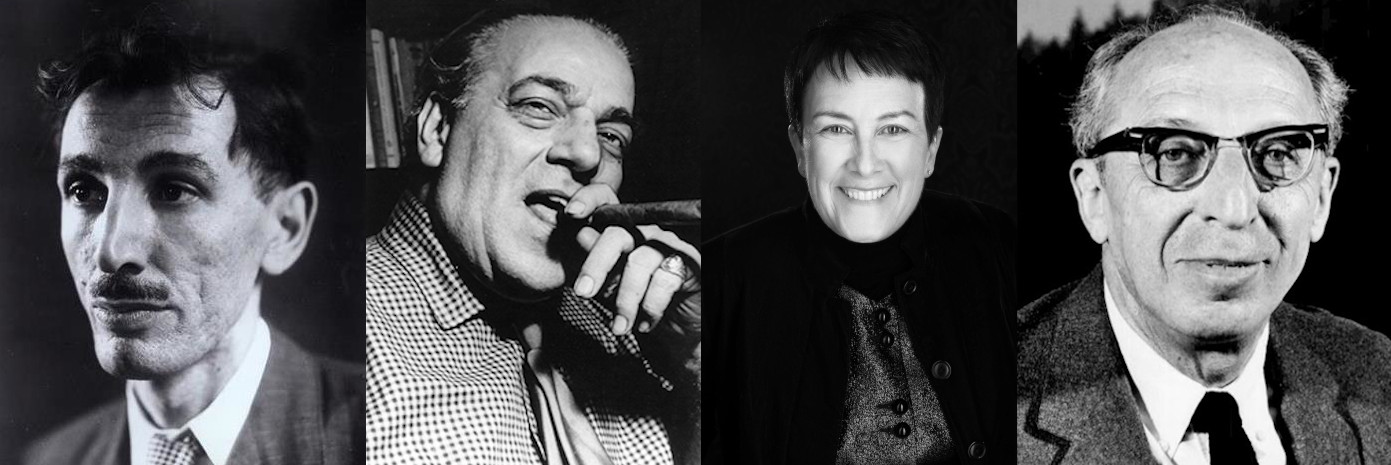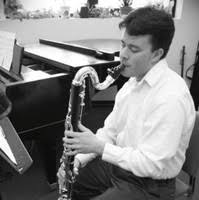At the Schermerhorn
A “Simple Gift” from the Nashville Symphony

The program presented by the Nashville Symphony this past weekend had been highlighted on my calendar for a few months now. All works performed were less than one hundred years old, and all composers represented hail from either North or South America. In a genre dominated by Western Europeans who died before the invention of the telegraph, this program is a welcome change and further establishes Nashville’s commitment to exploring the breadth of symphonic music.
The program was billed as Appalachian Spring and the music of Alan Hovhaness, Heitor Villa-Lobos, and Jennifer Higdon joined Aaron Copland’s classic to convey to audiences the pairing of tradition and innovation present in each of these composers’ works. Copland has long been considered a major contributing voice to the developing “American” symphonic sound, but his ability to assess and adapt multiple influences into a personal and accessible style is mirrored by the other composers on the program. Each has managed to find a distinct way to blend tradition and innovation.
Hovhaness’s “Mysterious Mountain” – a symphony presented in three movements – started the program. The contemplative treatment of the first movement was highlighted by the solo statements from the oboe and trumpet surrounded by lush strings and ethereal responses in the celeste, almost acting as a protracted introduction to the fugue statement of the second movement. The strings had a chance to show off some technique in the second movement’s fugue, navigating the rising syncopated subject with clarity and a mounting sense of momentum. The third movement once again returns to the spiritual and understated grace of the work’s opening, and brings to mind composers who would later work in a similar style such as Arvo Pärt and John Tavener. The symphony’s interpretation was spot on – allowing climaxes enough weight to be effective, but not letting them overshadow the subdued grace of the work’s overall arch.
Mysterious Mountain was followed by Bachianas brasileiras No. 2 by Heitor Villa-Lobos – a selection from his series of compositions that repurpose and adapt established art music formats to pair with traditional Brazilian cultural influences. The overly romantic sentiment in this work paired nicely with the meditative nature of the first selection and the solo cello and tenor saxophone statements in the second movement (Aria) warrant specific praise. The driving rhythm and infectious motion of the fourth movement was well conveyed by the ensemble, and as the “locomotive” nature of the ostinato began to grind to a halt, listeners could be seen almost physically anticipating the piece’s final stinger that would send the audience into the intermission.
The program continued with a live recording of Jennifer Higdon’s Low Brass Concerto, a piece that has received a high amount of press and praise since its commission and premiere by the Chicago Symphony Orchestra in February of 2018. The commissioning ensemble was fairly specific about the parameters of the composition and in a Feb. 2018 article concerning the premiere, The Classical Review quotes CSO principal trombonist Jay Friedman as requesting that the work be a “serious piece of music and not a showpiece for large-sized animals”. This is an understandable concern given that the low brass are often characterized in very narrow terms and few composers are able to coax a full expression of power, lyricism, and technique from these versatile instruments.
Higdon’s treatment allows for subtle chorale statements, and powerful displays of virtuosity without pandering to the hair-parting, park and bark aesthetic one might imagine at the mention of a concerto for low brass. She treats the instruments largely as a unit, allowing the individual musicality of each player in the section to contribute to the musical mosaic. Each musician is given a chance to shine individually, but the most compelling moments of the piece feature a high degree of teamwork among the four soloists.
Paul Jenkins (trombone), Derek Hawkes (trombone), Steven Brown (bass trombone), and Gilbert Long (tuba), were nothing short of dazzling. The soft chorale section that opens the work highlighted the lyrical sensitivity of the section, and the climax featuring interlocking articulated fireworks shared by all four players really put the section’s virtuosity on full display. Though I was thoroughly impressed with the musicality of the soloists, the work is relatively short and I found myself wishing that there had been a few more solo moments for each player. But, in a concerto that is largely designed to highlight the abilities of a section rather than any one individual, perhaps extended cadenzas would run counter to the intent of the commission. Given the buzz about the piece in the past few years, I wanted to hear it live for myself and I look forward to revisiting this performance when the recording is released.
I will admit that when I purchased my subscription series last year, I chose this past weekend’s concert primarily because I wanted to be present for the live recording of Jennifer Higdon’s Low Brass Concerto. Hovhaness and Villa-Lobos also held their charms, as I don’t know their music all that well and I was eager to experience it first hand.
Though it may be almost blasphemous for me to admit it, when purchasing my tickets for the concert, Copland’s well-known piece was almost an afterthought. I’ve heard this slice of Americana many times, and was much more eager to explore new and lesser known works. I didn’t think that there was much more that I could draw from any interpretation of Suite from Appalachian Spring. I could not have been more wrong.
Before beginning the piece maestro Guerrero briefly addressed the audience from the podium. He shared in the community’s sadness and grief at the destruction and devastation that the recent storms have created throughout our region. But, he was also resolute in his confidence and assurance that the people of Middle Tennessee are strong, compassionate, and possessed of a volunteer spirit that will see us all through hardship. As Guerrero reminded us, Appalachian Spring represents an embodiment of these cherished American ideals, and serves as a poignant reminder of the indomitable nature of the human spirit.
…the fragile silence and subsequent thunderous ovation that followed the end of the work left no doubt.
As the piece opened with the pure expanding string statements and plaintive woodwind lines, I began to experience this music in a new way. My own immediate community of Mt. Juliet suffered extensive damage as a result of the recent storms, and while my family is safe and our home undamaged, many families we know have suffered terrible loss. As we begin to heal as a community, I have been overwhelmed by the volunteerism, donations, and expressions of encouragement I see throughout our city. Copland’s work has long been held to represent “American” ideals and archetypes, and as I listened to the musicians of the Nashville Symphony infuse Copland’s melodies with their own resolution, determination, and compassion, I felt a sense of hope and community.
Copland’s sparse orchestration, simple beauty, and hopeful melodies were well translated by the Nashville Symphony’s musicians, many of whom were also directly impacted by the recent storms. The performers and the audience shared the spirit of this music together, and should anyone doubt the significance of the performance of this piece for both the musicians on stage and the audience contributing to the experience – the fragile silence and subsequent thunderous ovation that followed the end of the work left no doubt.
Often when I visit the Symphony I am reminded of the power of music, and this past weekend was no different. A piece of music that I thought I knew revealed itself to me in a new way, and I am thankful for the sense of community and fellowship that I experienced sharing this music with my fellow Middle Tennesseans.



